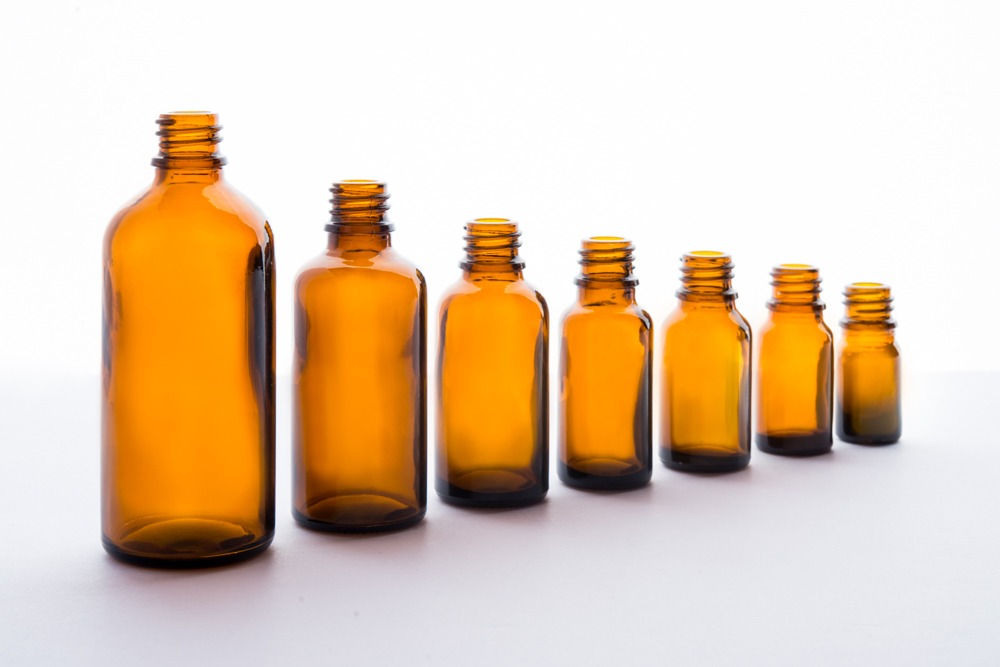
The History of Boston Round Bottles
Everybody talks about the discovery of fire and the invention of the wheel as humankind’s greatest achievements. But there’s another achievement that has an ancient history and a transformative effect on our way of life.
The humble glass bottle.
Bottles are so commonplace now that it’s hard to imagine them not existing. Our dive into the history of Boston Round bottles needs to begin with how bottles came about in the first place.
When you start to think about everyday items in your home and workplace, you’ll find that you might know little about their histories. Objects we take for granted haven’t been around forever. Yet each one makes our lives easier.
If you’re intrigued about the history of glass bottles and the Boston Round bottles, keep reading to see what we’ve uncovered.
A Leap into the History of Glass Bottles
Before glass bottles, our ancestors made water containers from animal hides and gourds.
The first known invention of glass bottles was in ancient Egypt over 3,000 years ago. The Egyptians made rudimentary glass bottles at first. They created a paste made from the natural substance silica and coated it in molten glass.
Glass itself was invented two thousand years previous. It wasn’t until glass blowing techniques came about in 1st BC that the material was used for many applications.
As glass bottles are durable and useful, they were made in increasing quantities as the centuries passed. Glass bottles were made on a mass scale with the invention of automatic glass blowing technology in the late 19th century.
When Was the Boston Round Bottle Invented?
Whether you recognize the name or not, you’ll recognize the bottle. The Boston Round bottle is commonplace, particularly in drug dispensaries and pharmaceutical companies.
In fact, you might well have a few in your bathroom cabinet.
When glass bottles became easier to make in the 19th and 20th centuries, production shot up. They were particularly popular in the medicinal industry as glass is airtight and keeps odors out (or in). The ability to create dark-colored glass was also beneficial as it prevents UV from degrading light-sensitive medicines inside.
Boston Round bottles could potentially have been designed to store liquids over solids as they have a narrow neck. This narrow diameter would’ve helped prevent any evaporation around the original cork stopper, something a solid, like a tablet, wouldn’t suffer from.
There are no records to describe when the Boston Round bottle came about. This is possibly because many glass bottle suppliers existed in the late 1800s and 1900s, each offering similar bottles.
Where Did Boston Round Bottles Get Their Name?
When glass bottle manufacturing took off in the pharmaceutical industry, bottles were commonly described by their shape. Bottles containing beverages, particularly carbonated drinks, were often round. This is because a round bottle has much more inherent strength than one of any other shape.
The likelihood is that Boston Round bottles have “round” in the name purely as a shape descriptor.
So why are they named “Boston”?
Strangely enough, they were also referred to as Winchester bottles, particularly in the UK. Named Winchester Quart bottles, they were commonplace in 1860 at least when the Pharmaceutical Journal Part Two was published. The journal states, “…a Winchester quart bottle, which every druggist has in his store-room…”
It was named Winchester, not for the English city but after a measure at the time called a “Winchester”.
There’s no indication of why Winchester Quart bottles are also known as Boston Round bottles, but they were a common bottle at the turn of the 20th century and manufactured by many glassmakers.
What Are Boston Round Bottles Made From?
Traditional Boston Round bottles were made of glass, often brown-colored glass. This was most likely to protect its content from light.
The bottle type has never gone out of fashion though thanks to its useful shape and these days it can be made out of glass or plastic. Glass is durable, easy to sterilize and 100% recyclable, making it an ideal material for storing a range of medicinal compounds.
Plastic has the benefit of being lightweight and still strong. The Boston Round also features a threaded neck for a screw cap. These became common from 1930 onwards and took over from corks and glass stoppers as the most useful sealing method.
Why Are They so Popular?
Whether you call them Boston Rounds or Winchester Quarts, the bottle shape has seen enduring popularity for over a hundred years.
The rounded shoulder is useful for solids and creams as angled shoulders can cause the contents to get stuck. The narrow neck is traditionally beneficial for liquids, preventing evaporation and making it easier to pour accurately.
As they’re round, they’re also exceptionally strong and more comfortable to handle. You can use them with many different types of tops as well. From pump-action tops to droppers and spray tops, manufacturers and buyers like the variety of usage.
These days, you can buy Boston Round bottles in a wide variety of colors. From clear and brown to blue and green, both colored plastic and glass bottles are available to suit your needs.
Boston Round Bottles Are as Popular as Ever
The history of pharmaceutical equipment is fascinating and often overlooked. Boston Round bottles are such a popular shape that we all have instances of them around our homes.
Useful for everything from oils and medicines to marijuana and creams, we can’t see the Boston Round falling out of favor.
If you’re looking for Boston Round bottles, check out our selection. When you start using your new Boston Round bottles, you know you’ll be using a little piece of history.
